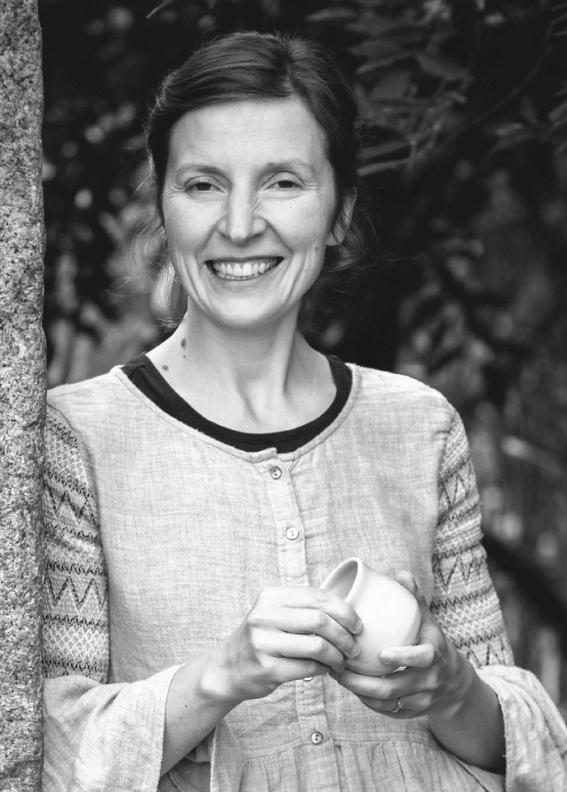Open until 11:30 pm

KATYA NOSYREVA
Following her undergraduate studies at Camberwell College of Arts, England, where she specialized in ceramics, KATYA NOSYREVA undertook apprenticeships with a number of accomplished British studio potters. Her interest in traditional arts brought her to the Prince’s Foundation School of Traditional Arts, London where she pursued geometry, both as a design tool and a visual symbolic language, and continued working with ceramics, focusing on porcelain and its translucent qualities. She undertook a number of research trips to Uzbekistan, India, Spain and Egypt, which served as a starting point for her doctoral studies. Her PhD research project used the design and creation of an architectural space for a mosque in India as the point of focus for addressing larger questions in relation to contemporary traditional art and spirituality. Nosyreva lives with her family on Dartmoor, England, and continues to bring the craft and philosophy of geometry into her studio practice.
MIHRAB- THE ARCHITECTURAL FORM IN CONTEMPORARY STUDIO PRACTICEThe term mihrab refers to the niche on the wall of a Muslim sanctuary indicating the qibla, or direction of prayer towards Makkah. The mihrab is one of the few universal elements in mosque architecture. But the very familiarity and ubiquity of this form raises a number of questions: Why was the form of an arch or niche chosen? How did the term mihrab come into the mosque vocabulary? What are the levels of meaning adhering to this architectural form? The illustrated research paper by Dr Katya Nosyreva will explore how this architectural form acquired cultural and symbolic meaning. We will discuss the history of the word miḥrāb, its significance as a means of orientation within the mosque, and its expression as an architectural element with multiple layers of meaning and function. The theoretical discussion will be supported by visual illustrations of practical design enquiries. Dr Nosyreva will use her studio-based PhD research project — the designing and making of an architectural mihrab, executed as a hand-crafted ceramic mural, for a Sufi center in Delhi, India — to illustrate structural and ornamental applications of proportion, and geometric and biomorphic patterns. The presentation will consider the rich heritage of mosque mihrab architecture and ask how contemporary practitioners can engage in a creative dialogue with this unique form as an architectural, ornamental, and symbolic element. |

